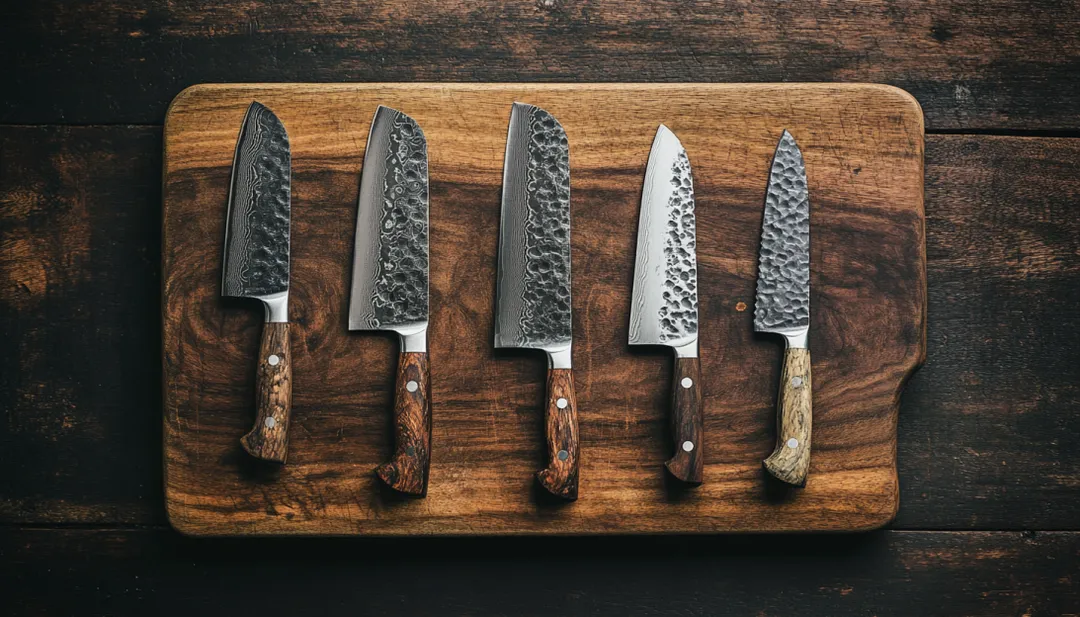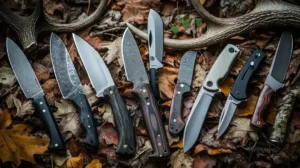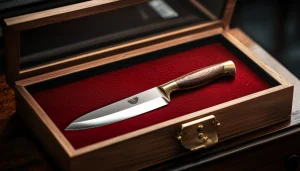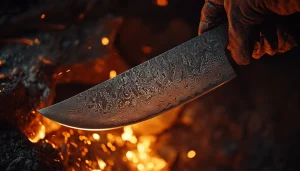When it comes to cooking, having the right tools can make all the difference, and a great knife is at the top of the list. While standard knives can get the job done, custom chef knives offer a tailored experience that takes your kitchen game to the next level. If you’re thinking about investing in some custom pieces, here are five types of chef knives every cook should know, along with why they might just become your new favorite tools in the kitchen.
1. Classic Chef’s Knife: The All-Around Performer

If you could only own one knife, the classic chef’s knife would be the one. With a blade usually between 8 to 10 inches long, this knife is your go-to for almost anything—chopping vegetables, slicing meats, dicing onions, and even mincing garlic. It’s the ultimate all-purpose knife that handles nearly any task you throw at it.
A custom chef’s knife can be tailored to fit your grip and weight preference, making it feel like an extension of your hand. Whether you like a hefty blade for power or something lighter for agility, personalization can enhance how it feels during long cooking sessions.
Best used for:
- Chopping vegetables
- Slicing meats
- Dicing and mincing herbs
2. Santoku Knife: The Precision Cutter
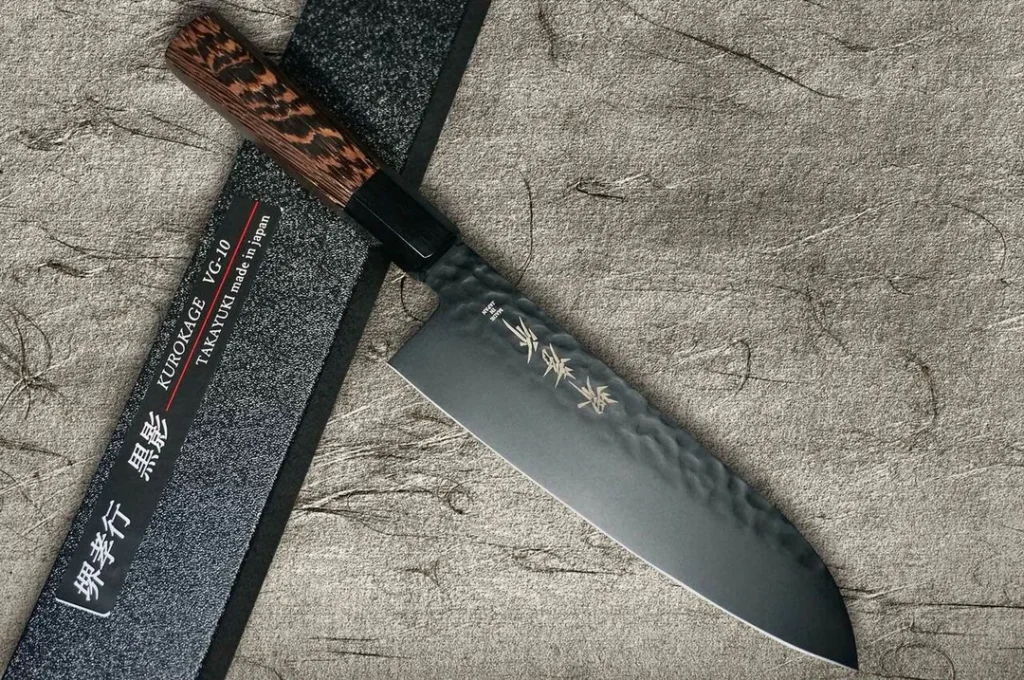
The Santoku knife is often seen as the Japanese counterpart to the classic chef’s knife, but it’s a bit shorter and features a wider blade. The word “santoku” means “three virtues,” referring to slicing, dicing, and mincing. Its straight edge and flatter profile make it perfect for precision work, especially when dealing with softer vegetables and meats.
With a custom Santoku, you can choose blade thickness, handle design, and even the type of steel used, allowing for a knife that suits your cutting style perfectly.
Best used for:
- Precise slicing and dicing
- Cutting thin slices of vegetables or fish
- General prep work
3. Paring Knife: The Small But Mighty Tool

Small but powerful, the paring knife is essential for more intricate tasks. With a blade length of around 3 to 4 inches, this knife excels in jobs that require precision and control, like peeling fruits, trimming vegetables, or creating garnishes. It’s also great for small cutting tasks when a large chef’s knife feels unwieldy.
Custom paring knives often come with ergonomically designed handles, allowing for comfortable use, even in small, detailed work. You can also customize the blade shape to match your specific cutting needs.
Best used for:
- Peeling fruits and vegetables
- Trimming and coring
- Delicate tasks like slicing small produce or garnishes
4. Boning Knife: The Meat Specialist

A boning knife is designed to help you work with raw meat, especially when removing bones. Its narrow, flexible blade allows you to get into tight spaces, easily separating meat from bone without wasting precious cuts. If you work with a lot of poultry, fish, or meat, a custom boning knife is a must-have in your kitchen.
You can personalize the blade’s flexibility and handle comfort, making it easier to maneuver when working with tricky cuts of meat. A custom boning knife can make the difference between struggling through a task and smoothly gliding through it.
Best used for:
- Deboning chicken, fish, or pork
- Trimming fat
- Preparing delicate cuts of meat
5. Bread Knife: The Serrated Champion
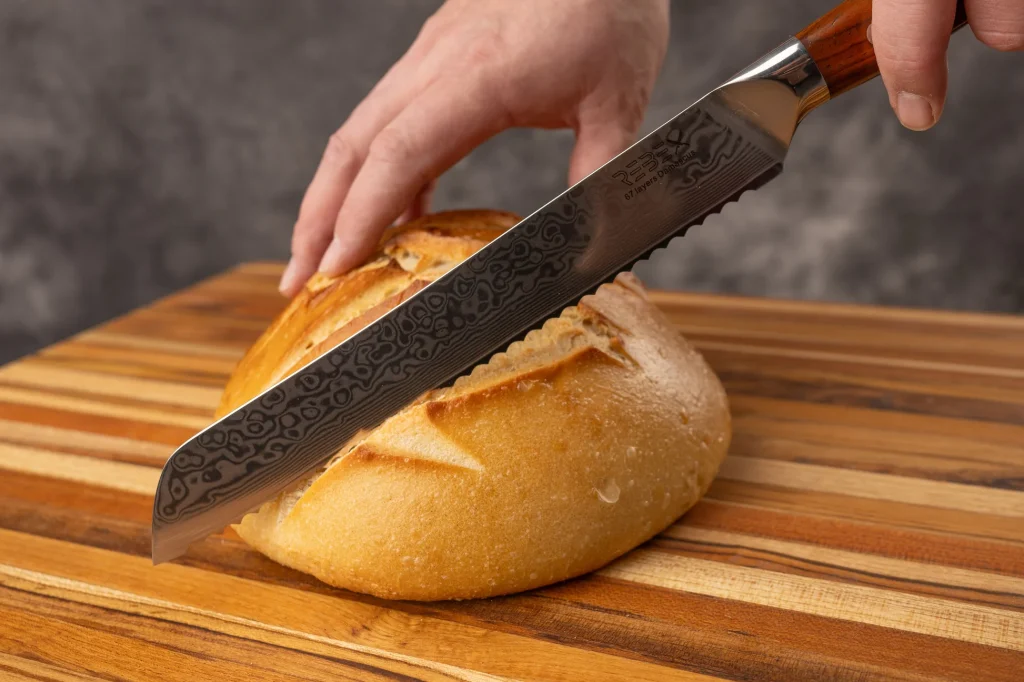
If you love making homemade bread or frequently work with crusty loaves, a bread knife is a game-changer. Its long, serrated blade allows you to slice through tough exteriors without squashing the soft interiors. But it’s not just for bread—it’s also handy for cutting soft fruits like tomatoes or even cake layers.
A custom bread knife can be designed with the perfect serration pattern and blade length that fits your needs. With the right knife, you’ll slice through sourdough like butter!
Best used for:
- Slicing bread and rolls
- Cutting soft fruits like tomatoes or peaches
- Slicing cakes and pastries
Key Takeaways:
- Chef’s Knife: Your go-to for nearly all kitchen tasks. Customizing it ensures it fits your hand and style perfectly.
- Santoku Knife: Ideal for precise, clean cuts and everyday kitchen prep. A custom Santoku can give you more control over slicing.
- Paring Knife: Great for small, delicate tasks that require precision. A custom handle improves control and comfort.
- Boning Knife: Specializes in deboning and working with meat. Customizing the blade and handle improves maneuverability.
- Bread Knife: The best tool for slicing bread and soft foods. A custom serrated blade will keep your cuts smooth and effortless.
In summary, investing in custom chef knives tailored to your cooking style can transform your kitchen experience. Whether you’re chopping veggies with a chef’s knife or deboning meat with a specialized boning knife, the right tools make every task easier and more enjoyable. Happy cooking!
Frequently Asked Questions
What’s the main difference between a chef’s knife and a Santoku knife?
The chef’s knife has a longer, more curved blade that’s great for rocking motions, while the Santoku has a flatter edge and is better for precision slicing. Both are versatile, but a chef’s knife is more all-purpose, and a Santoku excels in cleaner cuts.
How often should I sharpen custom knives?
It depends on how frequently you use them, but sharpening every few months is a good rule of thumb. However, a honing steel can help keep the edge sharp between sharpening sessions.
Can custom knives really make a difference for home cooks?
Absolutely! Custom knives are tailored to your preferences, making them more comfortable to use and improving your control and precision, whether you’re a professional chef or a home cook.
What should I consider when ordering a custom knife?
Think about what type of knife you use most often, your preferred weight and handle material, and whether you need a specific blade design for certain tasks.

